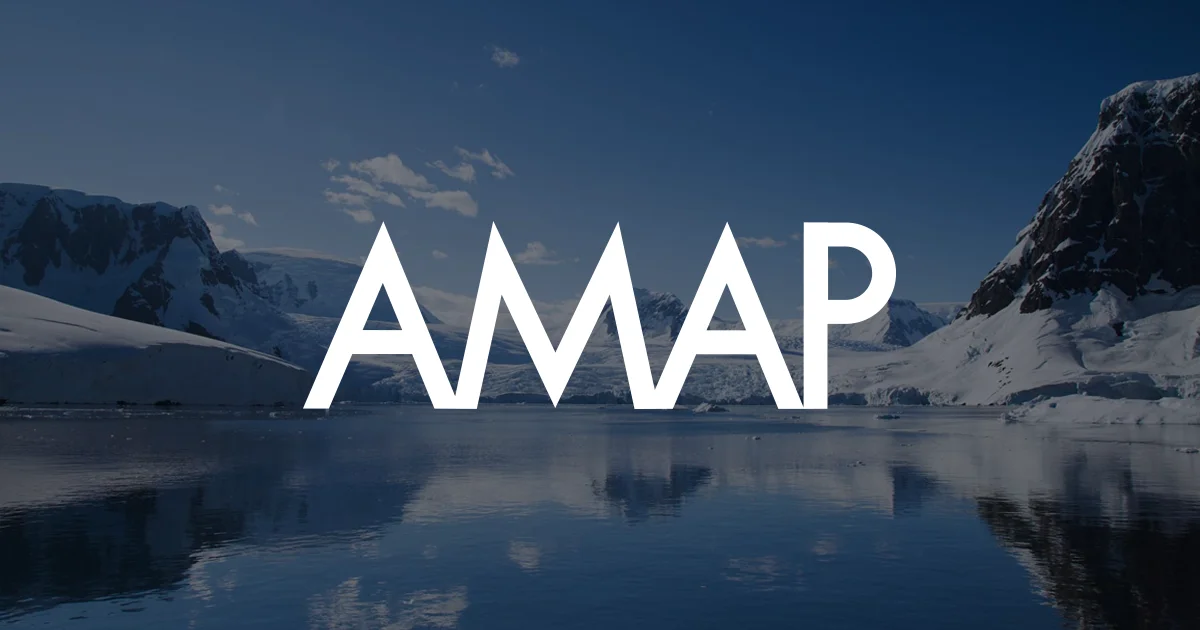Historically, the Arctic was considered a pristine region, but scientific research spanning the past three decades has revealed the bitter truth of long-range pollutants reaching the Arctic from different parts of the world. In response to this alarming discovery, AMAP was created to monitor pollution and its effects on the Arctic environment and human health.
In a new article published in the journal Environmental Science and EcotechnologyResearchers from Arctic Knowledge Ltd present the initiation and implementation of systematic scientific and policy collaboration on environmental pollution and climate change in the Arctic, with a particular focus on the role of the Arctic. Monitoring and Evaluation Program (AMAP).
AMAP’s pioneering approach to the equal participation of Arctic states as well as indigenous peoples’ organizations, seamlessly combining scientific and local knowledge in assessments, is critical to understanding the risks posed by persistent organic pollutants (POPs), mercury, radioactivity and oil pollution in the environment. .
The far-reaching implications of AMAP’s scientific findings are clear, as its data has played a key role in establishing international treaties such as the UN Stockholm Convention on POPs and the UN Minamata Treaty; Arctic, but globally. In addition, AMAP’s work has inspired initiatives beyond the Arctic, with ICIMOD building HIMAP based on AMAP’s model in the Hindu Kush Himalaya (HKM) region.
Additionally, an Antarctic Monitoring and Evaluation Program (AnMAP) proposal seeks advice from AMAP, extending the program’s impact beyond its original scope. Despite the challenges associated with data sharing and access to geospatial sites, AMAP remains committed to improving the availability of Arctic monitoring and survey data for international networks and agreements.
Given the rapid changes in the Arctic, AMAP’s role in facilitating continued collaboration and providing science-based policy advice is more important than ever. In this context, AMAP stands as a powerful example of the potential of international cooperation to address global challenges and promote peace and prosperity through science.
Main points
- AMAP has been monitoring and assessing Arctic pollution since 1991.
- The main source of Arctic pollution is long-distance transport from low latitudes.
- AMAP data served as the basis for the development of international chemical regulations.
- Food recommendations have reduced exposure to pollutants in local communities.
- Other monitoring and evaluation systems have been developed based on the AMAP model.
In summary, AMAP’s systematic scientific and policy collaboration has played an important role in recognizing, understanding and mitigating environmental pollution and climate change in the Arctic. Their efforts have not only led to significant reductions in pollutants in the Arctic, but also influenced global agreements and inspired similar initiatives in other regions.
Source: Port Altele
